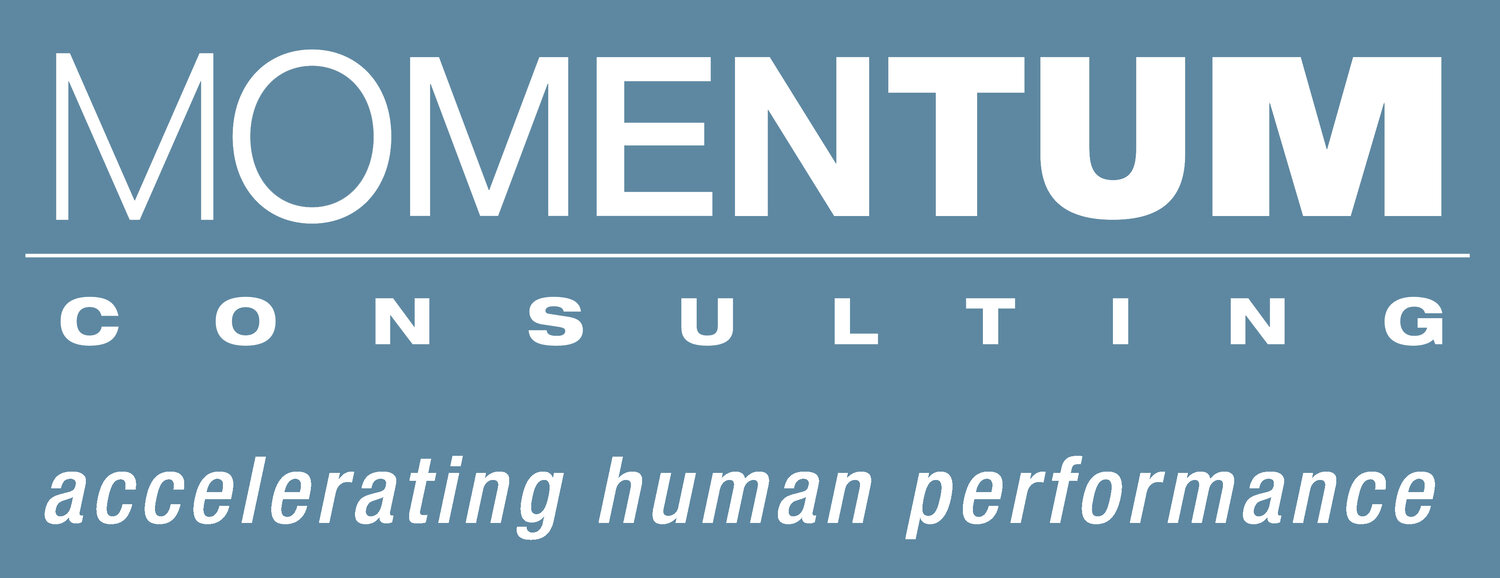Mastering the Art of Expectations
Photo by Aman Upadhyay @iaman_upadhyay
How does one master holding people to account?
Many clients we work with are faced with this question on a daily basis, and (before they hire us) few seem to have success with it, much less be masterful. The good news is that it doesn’t have to be that hard.
We’ve all found ourselves close to a deadline and need others on our team to pull their weight or come in with their assigned work on time. If we are waiting for that moment late in the game to start holding people accountable, we’re already too late.
Set it up from the beginning.
Much like building a house, the idea of holding one to account begins with a solid foundation, and that foundation is setting and receiving clear expectations. If this is not in place the potential for success is greatly reduced.
CLARITY: Expectations must be clear. Does the person taking on the assignment understand? Are the expectations realistic given the resources available? Also in order for them to be clear, the expectations must be:
Specific
Measurable
In time
In addition to being clear, there must be an agreement. We can’t hold someone accountable for something they haven’t agreed to.
AGREEMENT: If a directive is given and that person has not agreed to it, then we are simply giving an order, or making a demand. When creating an expectation we are having a conversation for action, also known as making a request, and following that request is a response. How we make that request and how we field the response greatly shapes the outcome. Invariably, that request is followed by one of four responses.
Accept
Decline
Counteroffer
Redirect to a relevant party
After the expectations are clearly set, a bonus that facilitates the whole process is getting buy-in. Get people present to a commitment they already believe in and connect it to the task. If you’re a manager, share with your team what’s in it for them. This could be positive changes in the community, longer-term financial incentives, advancement opportunities, taking over the departmental sales title next month … etc.
BUY-IN/ALIGNMENT: When you build alignment around a project, you invite people to commit to something, and they now have skin in the game. They see it as something they personally benefit from. This way they’re invested from the beginning, and it reduces the number of objections you encounter in the future.
Some of this may seem like a lot of unnecessary work upfront. Fair enough. The first couple of times you do it, it may be that way. Overall what you’re doing is building a culture of collaboration AND accountability… which just happen to be our main pillars at Momentum.
Lastly, the above has been primarily about setting expectations. Clarity, agreement, and alignment are also useful in receiving expectations. That makes sense, right? If someone is expecting something from me, I want to be clear on what it is. Use the basic message above from the counterpoint of view by making sure the expectations you have are clear, making an agreement, and if possible, getting yourself aligned. Most tasks are more fun if you’ve bought in.
REAL WORLD BONUS: What others expect of us is not always clear, so whose accountability is it to get clear on that? Since you are the one reading this, it is you! Especially in the environments of work and romance, what’s expected of us isn’t always as black and white as above. Have you noticed?
Confirm what you think you understand
Double check and get it in writing for future reference
Check in often
Alert the other party if completing the task is in jeopardy
Circle back when complete
Give yourself a pat on the back on a job well done
Fundamental of the Week #15: SET AND RECEIVE CLEAR EXPECTATIONS
Communicate your expectations clearly; make sure people hear what you are asking. Take care to understand what’s expected of you.
Momentum Consulting offers executive business coaching, top-level executive consulting, team training, and team off-sites to build and transform your business to the next level. Inquire about business consulting and leadership coaching today.


